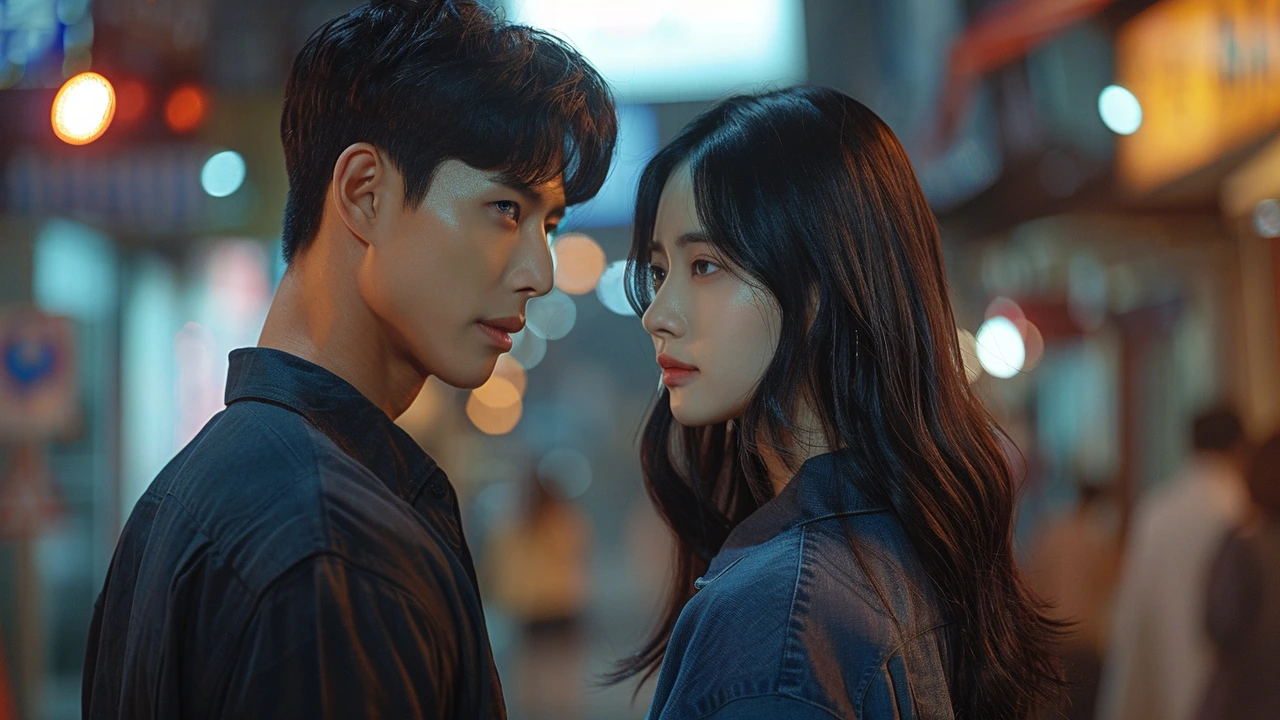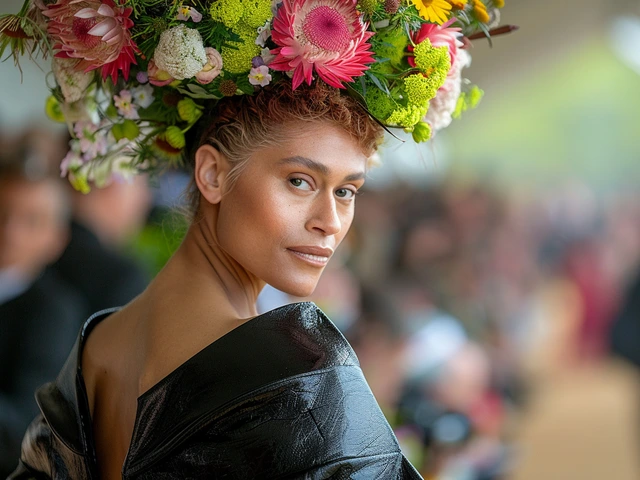Introduction to 'Queen of Tears'
'Queen of Tears,' the latest K-drama to grace Netflix's slate, has stirred a diverse range of reactions among viewers and critics alike. With its intriguing blend of romantic drama and life's unpredictabilities, the show promised to deliver a powerhouse of emotions but has seemingly diverged into realms of confusion in its later episodes.
The Promising Start
The series begins with an exploration into the complicated relationship between Hyun-woo, portrayed by Kim Soo-hyun, and Hae-in, played by Kim Ji-won. The couple's world is rocked not only by Hyun-woo's intention to divorce but also by Hae-in's harrowing diagnosis of a life-threatening brain tumor. This setup promises an emotional rollercoaster, weaving themes of love, fate, and tragedy against a rich cultural tapestry that only K-dramas can offer.
The early episodes of 'Queen of Tears' are marked by a distinctive storytelling style that sets it apart from typical romance dramas. The narrative is thoughtfully crafted, engaging viewers with its emotional depth and the complex dynamics of human relationships. The chemistry between Kim Soo-hyun and Kim Ji-won, combined with poignant storytelling, captures the hearts of the audience, drawing them deeply into the lives of its characters.
Rising Complexity and Decline into Chaos
As the series progresses into its later episodes, the initial clarity and focus begin to blur. The introduction of numerous side plots and a multitude of new characters creates a labyrinth of narratives that some viewers find difficult to follow. What started as a straightforward albeit emotionally intense story expands into a broader exploration of various intersecting lives, which, while ambitious, risks diluting the central storyline that viewers had connected with.
The story's complexity escalates as past connections between characters are unveiled, weaving a network of backstories that, though rich in detail, sometimes feels extraneous to the main plot. This narrative choice, while reflective of the intricacies of real life, challenges the viewer's capacity to stay connected with the original emotional journey of Hyun-woo and Hae-in.
Emotional Peaks and Troubling Valleys
Despite the storytelling missteps, 'Queen of Tears' continues to offer compelling moments that showcase the strength of its cast and the potential of its dramatic narrative. There are scenes brimming with genuine emotion that remind viewers why they were drawn to the series in the first place. However, the decision to steer the finale towards a more conventional and predictable ending has been a point of contention. This shift seems to betray the show's initial premise, which was steeped in tragedy and depth, opting instead for a resolution that might be seen as underserving the complex build-up.
Viewer Reception and Critical Analysis
Reactions to 'Queen of Tears' are mixed, reflecting the divided nature of its storytelling. While some praise its ambitious scope and emotional moments, others express frustration over the perceived narrative disarray in the second half of the series. Critically, the show has been lauded for its innovative approach to K-drama but criticized for what many see as a failure to maintain narrative integrity throughout.
In conclusion, 'Queen of Tears' exemplifies the risks and rewards of narrative experimentation in the world of K-drama. The series shines in its capacity to evoke strong emotional responses but struggles with its direction, ultimately leaving viewers with mixed feelings about its execution.









Write a comment